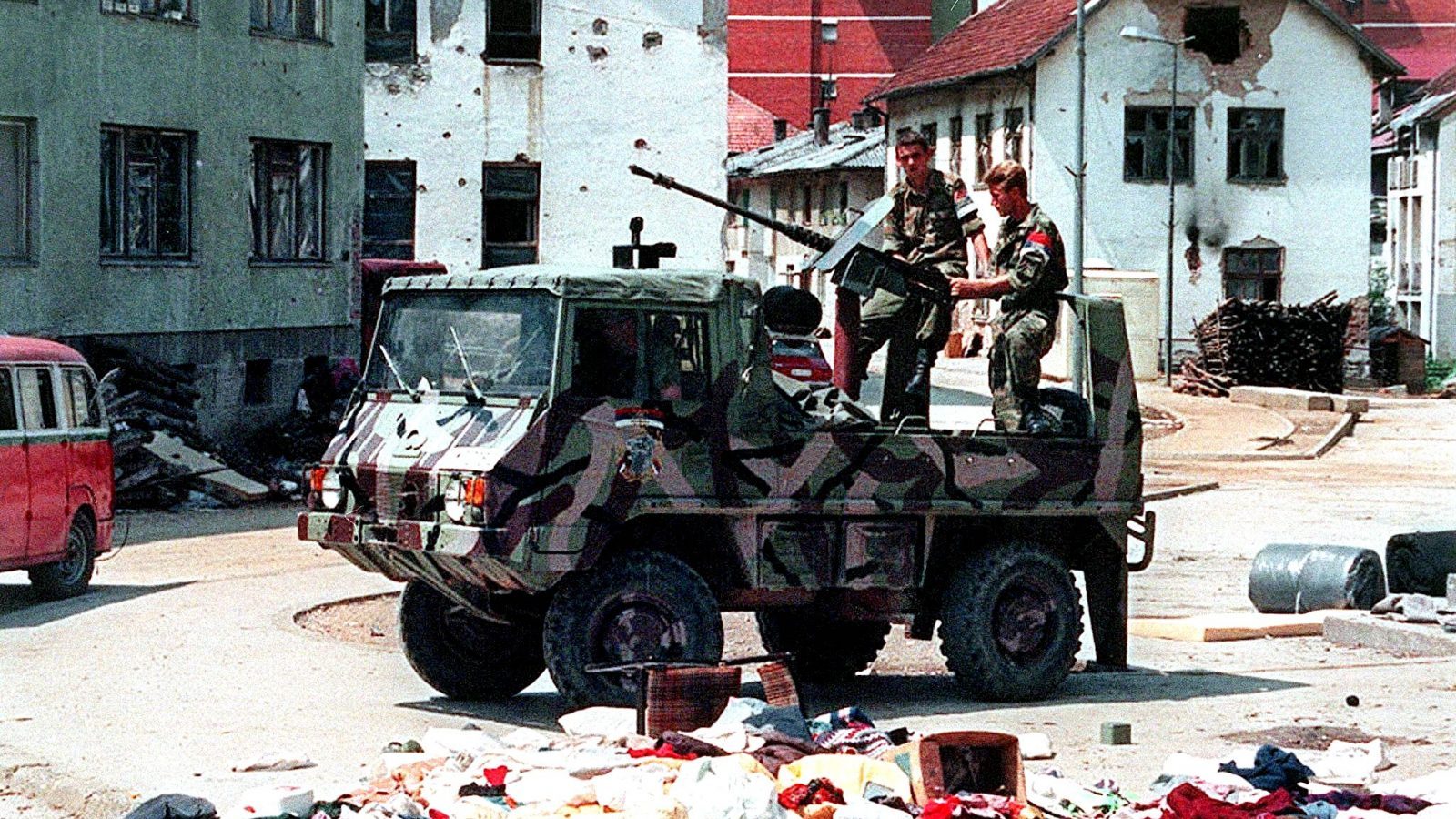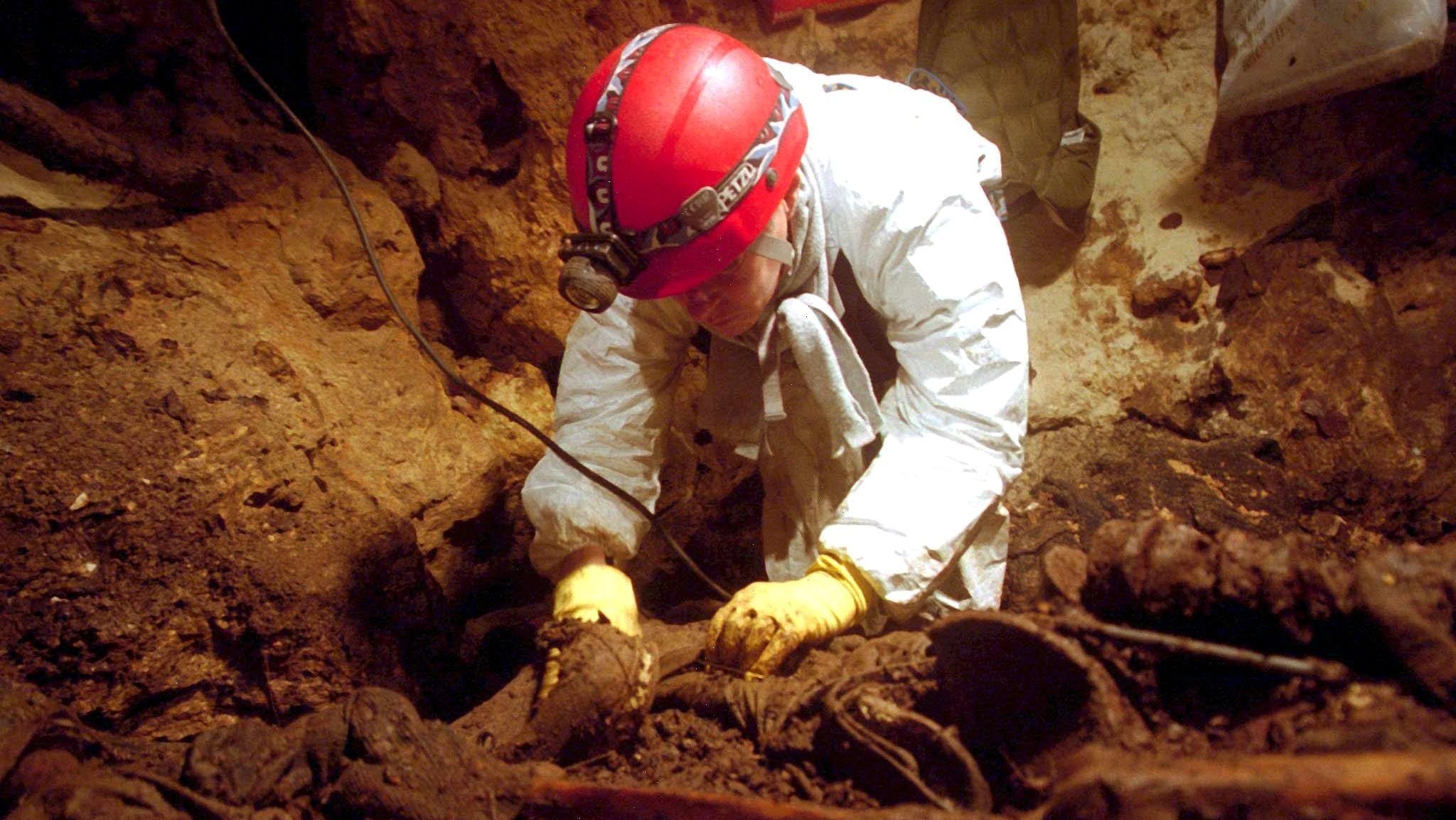This post is also available in: Bosnian
The excitement was understandable. Dairo Antonio Usuga, better known in Colombia as ‘Otoniel’, was the country’s most wanted drug trafficker, a former guerrilla turned leader of El Clan del Golfo, the biggest criminal gang in Colombia.
He was arrested in late October, 500 soldiers and 22 helicopters descending on his rural hideout in northwestern Colombia.
The ripple-effect of Otoniel’s downfall, however, will be felt far wider than his South American homeland. Authorities say El Clan del Golfo had alliances with international drug cartels in Mexico, Italy and the Balkans.
The latter connection is no coincidence. Ties between organised crime groups in Colombia and the Balkans go back years, based not just on mutual interest but similar backgrounds and, sometimes, military or paramilitary experience.
So close were the ties that emissaries of the Balkan traffickers would visit Otoniel personally to negotiate terms face-to-face, Colombian authorities say.
“Many had military training in their countries, and they could also belong to paramilitary groups or intelligence agencies,” said a Colombian police investigator who spoke on condition of anonymity because he was not authorised to talk to the media.
“Balkan cartels use five-star hotels for meetings, and then spend several days ensconced in the jungle to meet with leaders of Colombian criminal groups,” the investigator told BIRN/El Espectador.
Long-standing ties
As is the way of the criminal underworld, ties between drug traffickers can sometimes turn sour.
In March 2020, a Serbian national called Dejan Stanimirovic was shot dead in Colombia’s Meta province during a drunken row with a man called Jose Vicente Rivera Mendoza. Stanimirovic, known in Colombia as ‘Marcos’, was reportedly a member of a Balkan crime gang called ‘Keka’. Mendoza, known as ‘Soldado’, or Soldier, had ties with Otoniel’s El Clan Del Golfo.
But Stanimirovic was not the first criminal link between Colombia and the countries of the Balkans. Nor is he likely to be the last.
In fact, the drug trafficking ties go back at least two decades, to the period immediately after the bloody collapse of socialist Yugoslavia and Albania’s turbulent transition to capitalism, a period that gave rise to powerful local mafias often with roots in conflict.
The ties were first officially exposed in 2001, when five Albanian nationals – including a police officer – were arrested in Albania in a joint operation by Colombian and Albanian police that established a connection between the Medellín cartel that Escobar founded and Balkan mafia figures. Sixteen years later, two Colombian men and the grandson of former Albanian communist dictator Enver Hoxha, Ermal Hoxha, were found guilty of drug trafficking by an Albanian court.
In Serbia, what began in the early 2000s with prominent crime figure Sreten Jocic continued with Darko Saric, who was convicted by a Serbian court in 2018 of smuggling 5.7 tonnes of cocaine from South America to Europe, a verdict revoked in June this year by the Supreme Court of Cassation on procedural grounds.
Saric has been linked to the Colombian drug cartel and paramilitary group Los Rastrojos, formed by Norte del Valle cartel’s leader Wílber Varela, known as Jabón.
Then in 2019, Serbian national Vladimir Vidakovic died of unknown causes in a hospital in Medellín, Escobar’s hometown. First identified by Colombian authorities as a “Serbian tourist”, Vidakovic was in fact believed to be arranging drug shipments from Colombia to Europe and was assassinated by rivals.

Bananas bound for Europe
Colombia is not the only South American connection. Police in Ecuador believe the border between the two countries – particularly between the provinces of Putumayo and Sucumbíos – is the main route taken by Balkan organised crime groups smuggling cocaine.
The area is controlled by former guerillas of the Revolutionary Armed Forces of Colombia, or FARC, and members of La Constru, a paramilitary organisation with ties to Mexican organised crime groups and one of the main cocaine suppliers to the Balkan mafia.
Consignments are delivered to the Ecuadorian ports of Guayaquil and El Oro, Ecuadorian media reports say, and loaded onto ships, often carrying bananas, bound for Europe.
Between 2014 and March 2020, Ecuador arrested 24 people suspected of involvement with Balkan organised crime groups. In November 2020, Albanian national Adriatik Tresa was shot in the living room of his house by hitmen posing as police officers.
Ecuadorian authorities believe Cesar Emilio Montenegro, a member of Varela’s Cartel del Norte del Valle is the main link to Albanian crime figures operating in South America. Among those crime figures was Agim Cerma.
Cerma, an Albanian national, was arrested in July this year in Montería, northern Colombia, on suspicion of shipping cocaine to Europe by private plane. Cerma, who faces charges in the US, had spent the previous seven years living in the sea port of Barranquilla. Weeks after his arrest, a police operation involving Europol and the Colombian police took down a drug trafficking network of more than 60 people with links to the Balkans.
A few months earlier, a Montenegrin citizen called Ivan Armus was arrested after half a tonne of cocaine was seized on a sailboat in the Colombian Caribbean port city of Cartagena. Armus is believed to have been living in Colombia for three years prior to his arrest; Colombian narcotics investigators told El Espectador/BIRN that he had fled Spain in 2018 having been implicated in a drug-related murder.
Authorities said that, besides obtaining cocaine from Otoniel’s El Clan del Golfo, Armus also had links with National Liberation Army guerrillas in the Catatumbo subregion.
Chiquito Malo and ‘Tito’

According to General Jorge Luis Vargas, the director of the Colombian national police, emissaries of the Balkan mafia groups would travel into Paramillo Massif mountain range and Urabá to negotiate with Otoniel and his right-hand man, Chiquito Malo.
Malo is suspected of playing a key role in the smuggling of 96 tonnes of cocaine to the US between 2003 and 2021, for which Otoniel and his partner Ávila Villadiego have been indicted in New York.
Malo came to the attention of European authorities roughly four years ago, Colombian police sources say, during an investigation into Bosnian citizen Edin Gacanin, alias Tito.
Gacanin is believed to live in Dubai, from where he is believed to direct drug trafficking between South America and Eastern Europe, according to official documents.
Gacanin’s uncle, Mirza Gacanin, was arrested in the Dutch city of Breda in May 2020 on suspicion of money laundering. Police believe he was involved in trafficking cocaine hidden among bananas that left Antioquia, northwestern Colombia, and were seized in the Belgian port of Antwerp.
Law enforcement agencies suspect Malo of being the main link between El Clan del Golfo and the Balkan mafia, and not just via Gačanin.
Colombian authorities are also investigating what contacts Montenegrin Tomislav Pavlovic had prior to his arrest in January 2019 in a Brazilian police operation dubbed ‘Low Cost’. Reports in Brazil say Pavlovic met several times with emissaries of the Colombian cartels.
Police sources in Colombia told El Espectador/BIRN that drug deals are struck during face-to-face meetings between one or two envoys of a Balkan cartel and their Colombian counterparts in a remote region.
Cocaine shipments are usually executed by cargo ship or private plane. In the first case, investigators say the vessels usually make additional stops after leaving national ports to “clean” their origin, partly disguising the fact that the cargo is from Colombia.
In June 2019, more than 15 tonnes of cocaine were seized on a ship from Chile that arrived in the US port of Philadelphia, the biggest ever cocaine seizure in the US. No link was made publicly between the vessel and Colombia or the Balkans, but sources close to the bust say the smuggling operation was typical of how Balkan and Colombian mafias collaborate.
The other, less common route is by air. This was Cerma’s speciality. Known as ‘Jimmy’, Cerma was intercepted, police sources say, while on his way to meet leaders of El Clan del Golfo.



